Signed lower right. Presented in a period frame.
François Roffiaen (1820-1898) The members of the family on the paternal side are of modest origin. The men are day labourers, masons, innkeepers or saddlers and the women are seamstresses or lace makers. François Roffiaen was barely three years old when, for unknown reasons, he left to live with his paternal uncle, Joseph-Louis-Augustin, a bookseller in Namur, a city where he spent, as he himself notes, "the best years of his life" and where he attended the Athenaeum, as well as the Academy of Painting (1835-1839) under the direction of Ferninand Marinus (1808-1890). Among his classmates were Louis Bonet (1822-1894), Jean Baptiste Kindermans (1821-1876) and Joseph Quinaux (1822-1895). He continued his artistic studies at the Brussels Academy (1839-1842), notably with the famous vedutist François Bossuet (1789-1889), who was responsible for teaching him perspective and was an authority on landscapes and city views. . He then frequented the Brussels studio of Pierre-Louis Kühnen (1812-1877), a painter from Aix-la-Chapelle specializing in romantic landscape painting. Roffiaen receives an annual scholarship of 600 francs from the city of Ypres (1841-1845 or 1846). At the same time, he teaches drawing at the College of Dinant. Strongly impressed by the paintings that Alexandre Calame (1810 - 1864) sent to the Belgian Salons, François Roffiaen obtained a grant for a stay in Geneva in the autumn of 1846 and stayed six months with the master, before discovering the Mountain. But the painter also likes to represent the picturesque scenes of the valleys of the Meuse and the Ourthe, the Scottish lochs, discovered in 1862, or the vast expanses of heath of Limburg. Classified among the romantic painters, the quality of execution of his paintings, especially those of his large monumental formats, is hyperrealistic, even photographic, with a dazzling finesse of finish. So much so that some critics prefer his "studies" in a smaller format, with a more sensitive and less smooth touch. Trained at the Academy of Brussels (1839-42), Roffiaen quickly created excellent alpine landscapes and already took part in the major international Salons before joining Alexandre Calame. His works met with great commercial success - particularly in the years 1850-60 - and the European and world aristocracy (Shah of Persia) commissioned him. He was particularly successful in Belgium (the Royal House of Belgium), Great Britain and the United States. Queen Victoria asks him to go to Scotland, but the plan is cancelled when Prince Albert dies. In 1869, he was knighted in the Order of Leopold. Celebrated during his lifetime, he is rediscovered today. Roffiaen's work is both precise, full of realistic detail, and exceptionally sensitive; the touch is shimmering, but fine, attentive to the course of the sun. Masterpieces that achieve the miracle of balance to appear both grand and intimate.






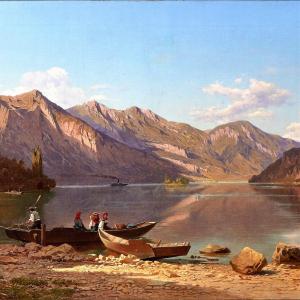




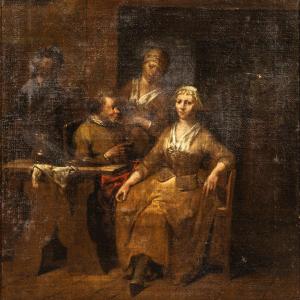

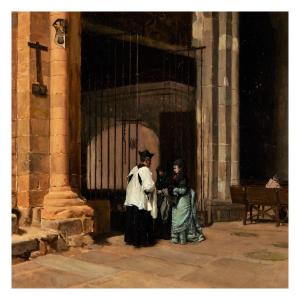



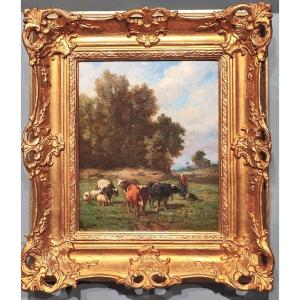
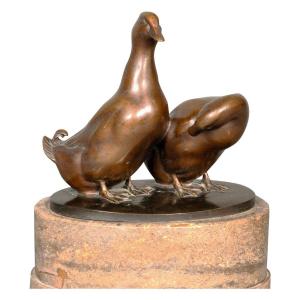


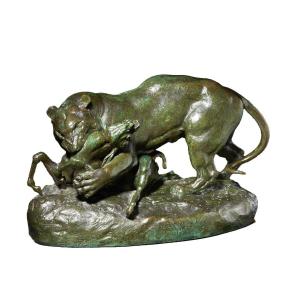
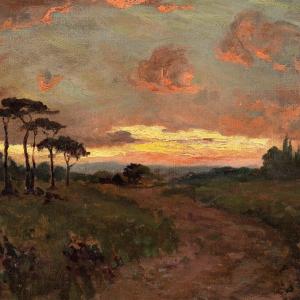

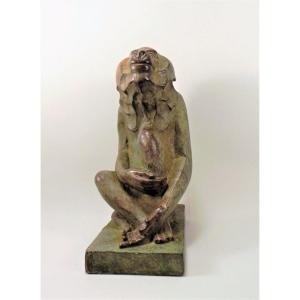
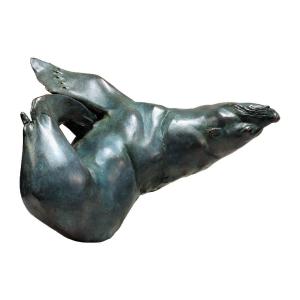
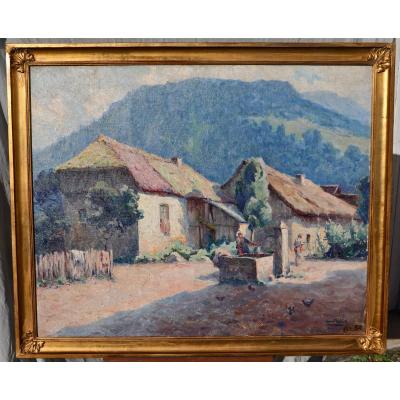
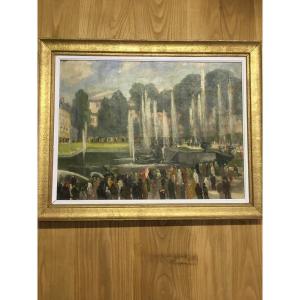


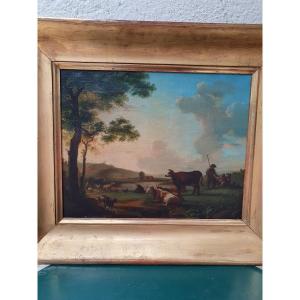



 Le Magazine de PROANTIC
Le Magazine de PROANTIC TRÉSORS Magazine
TRÉSORS Magazine Rivista Artiquariato
Rivista Artiquariato